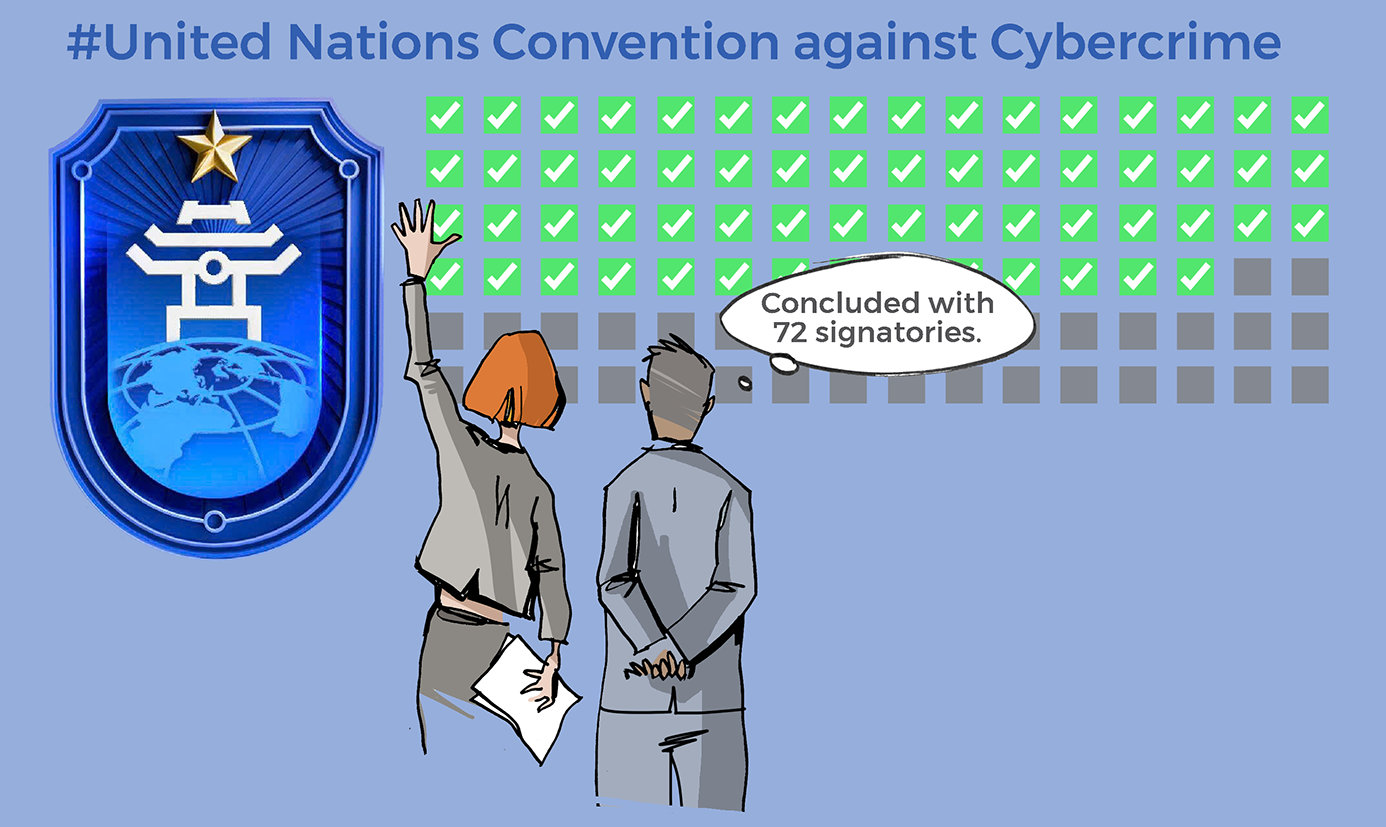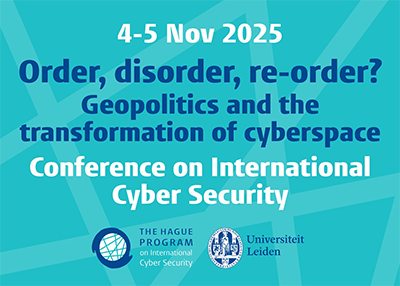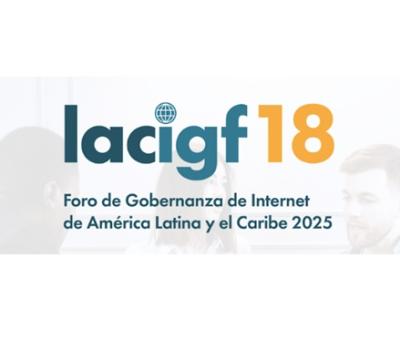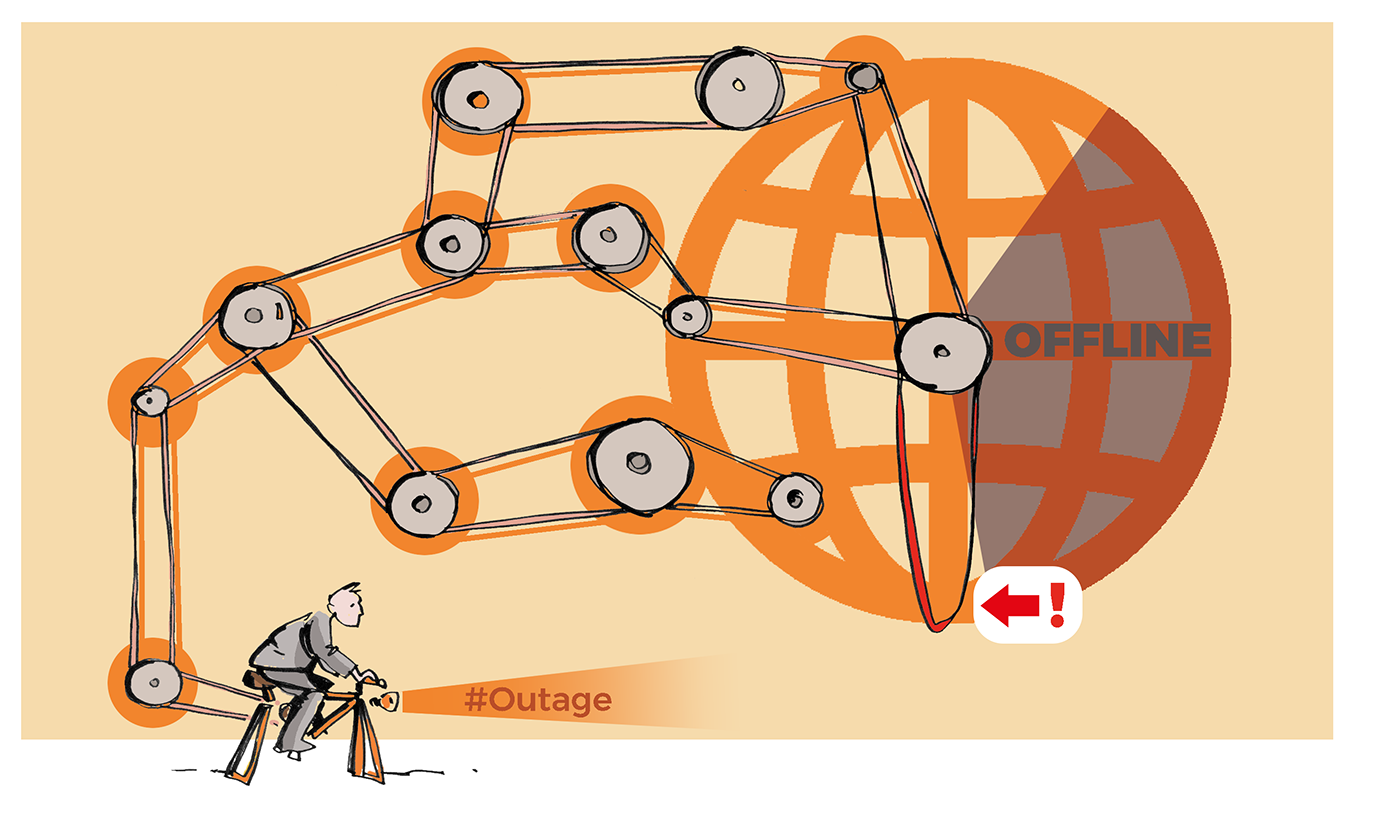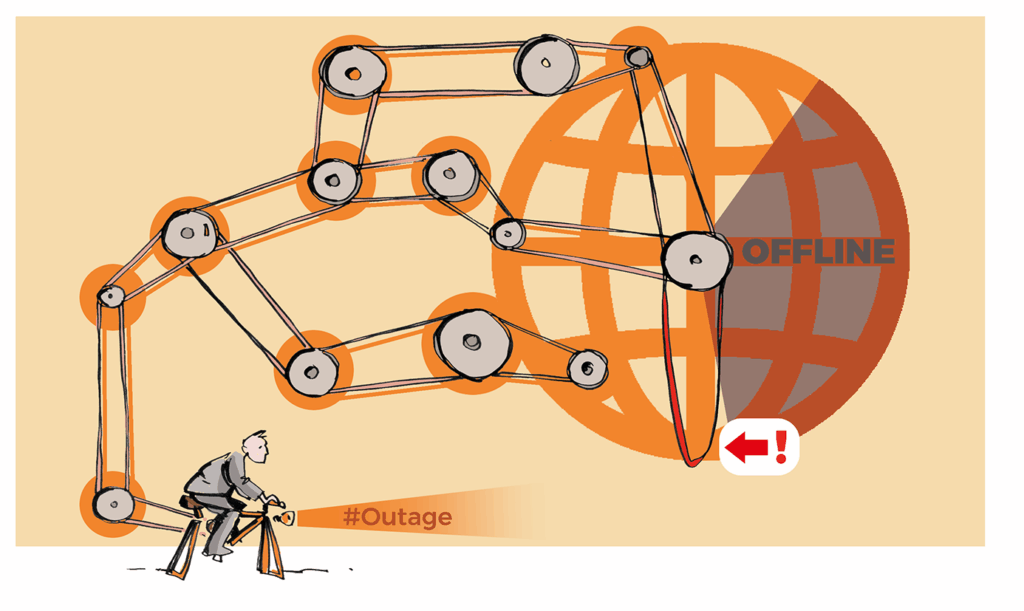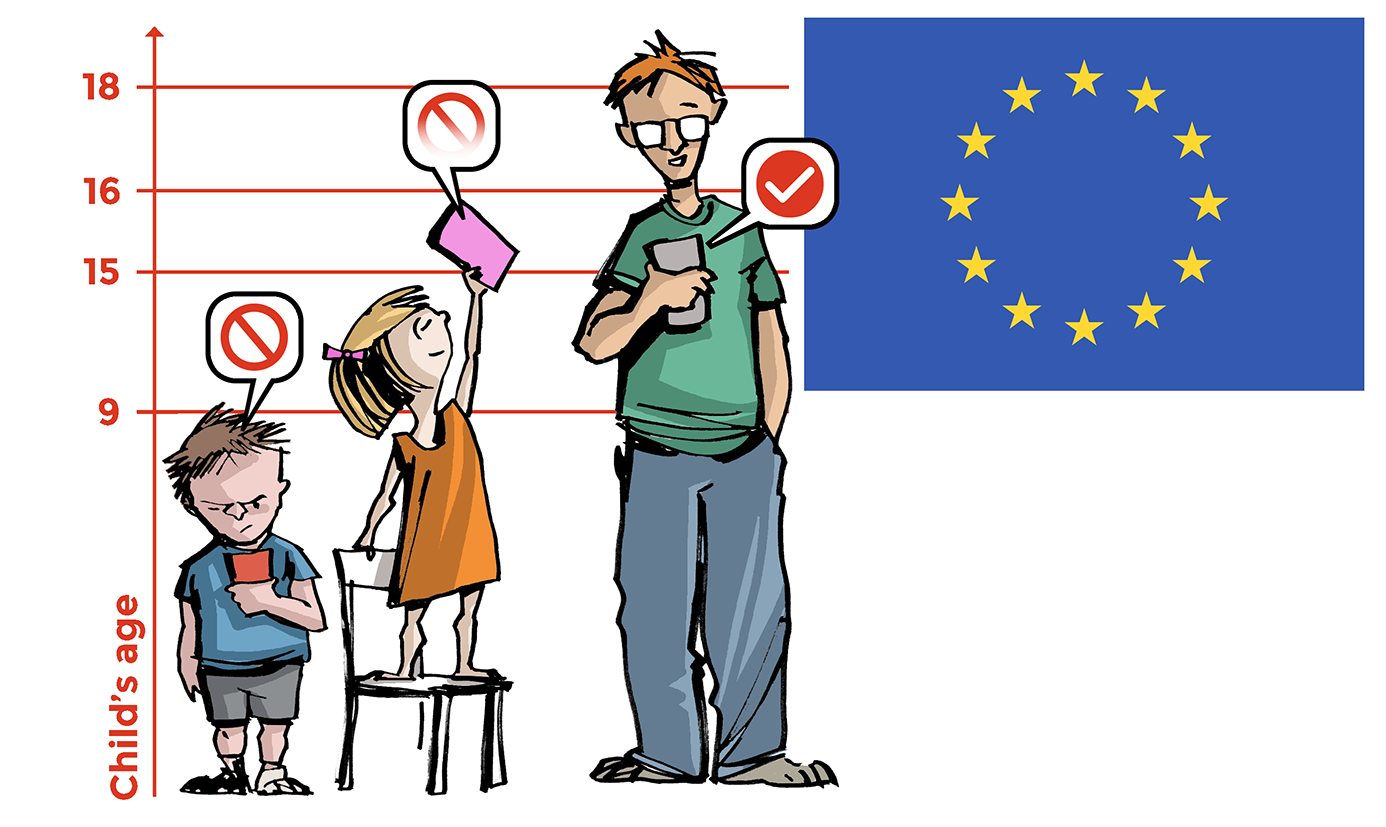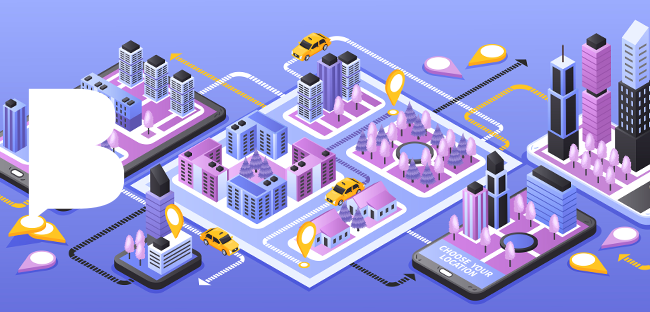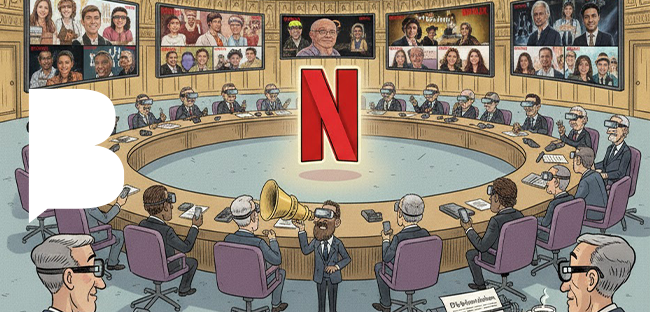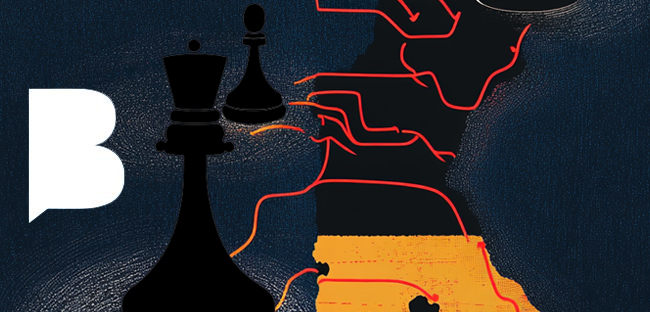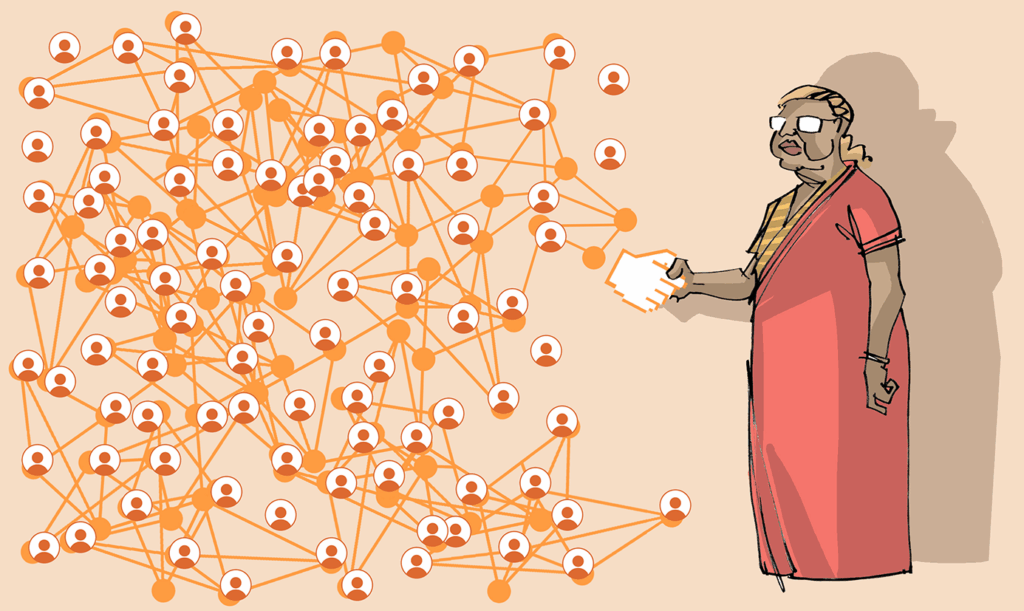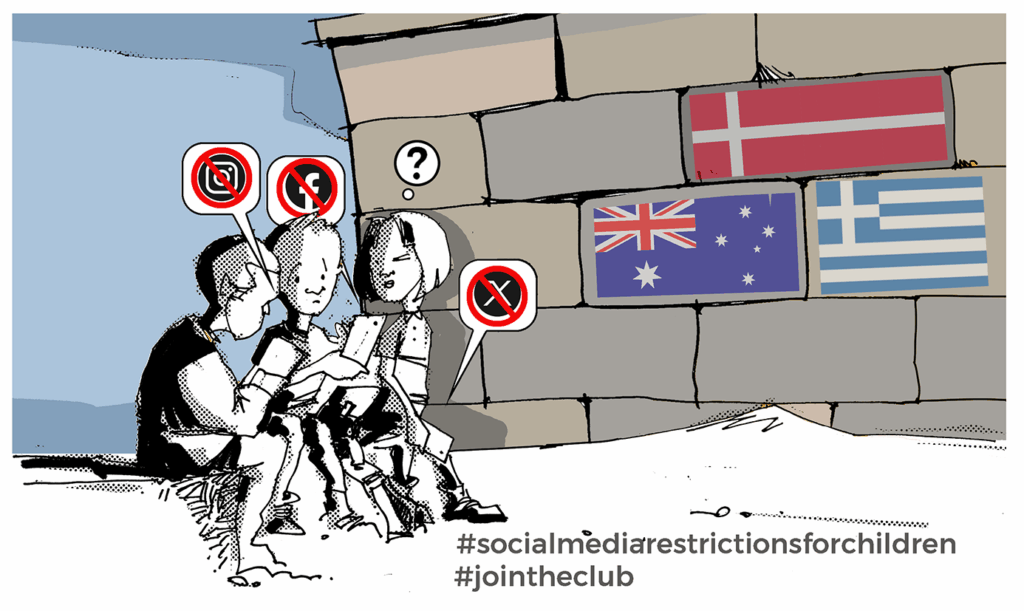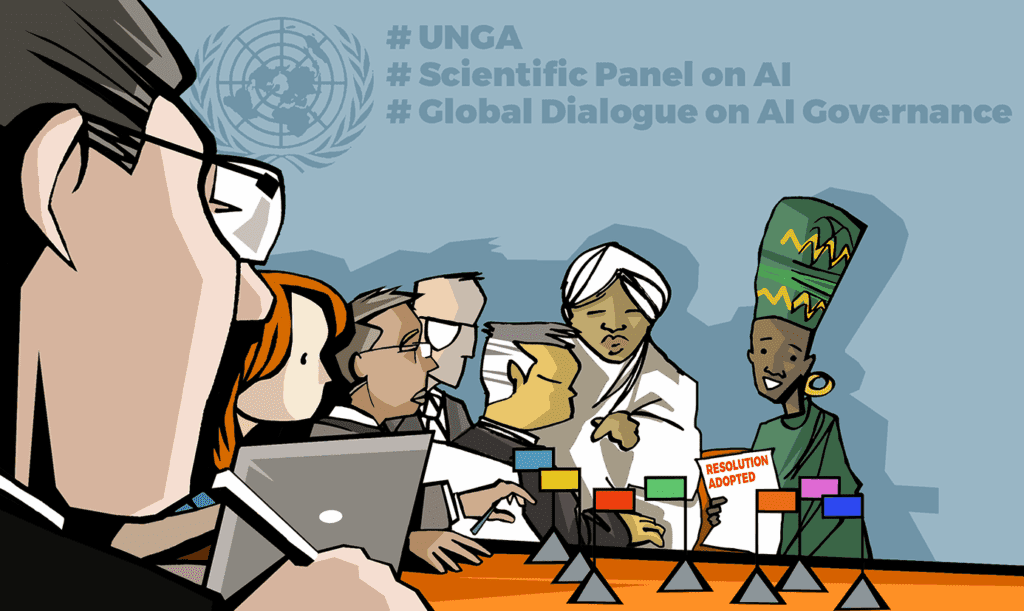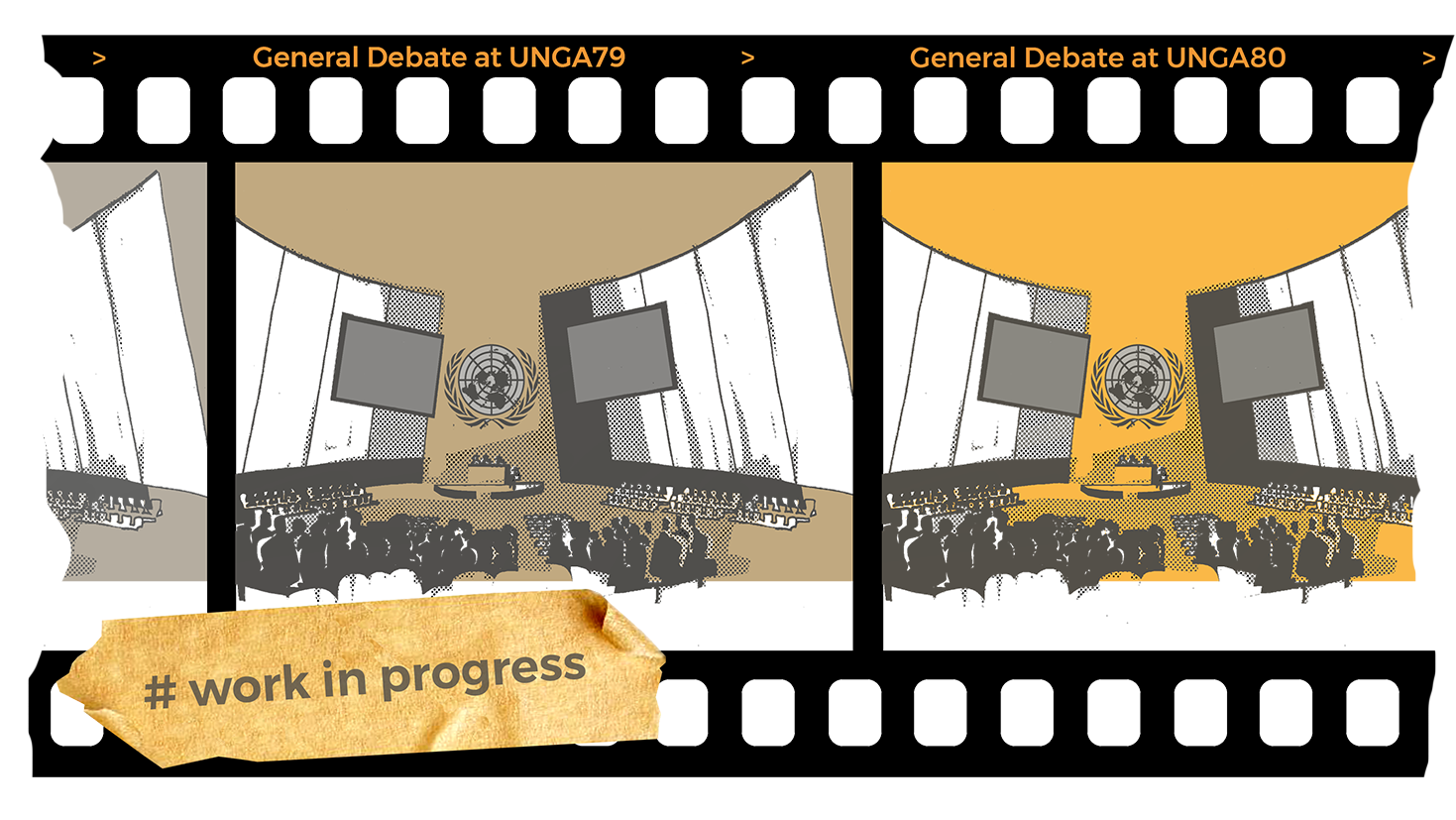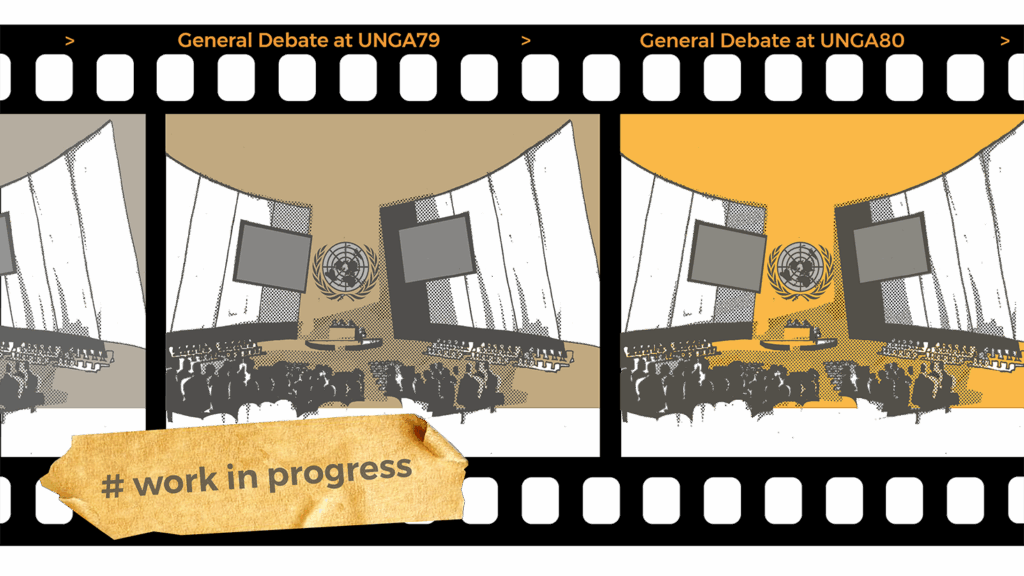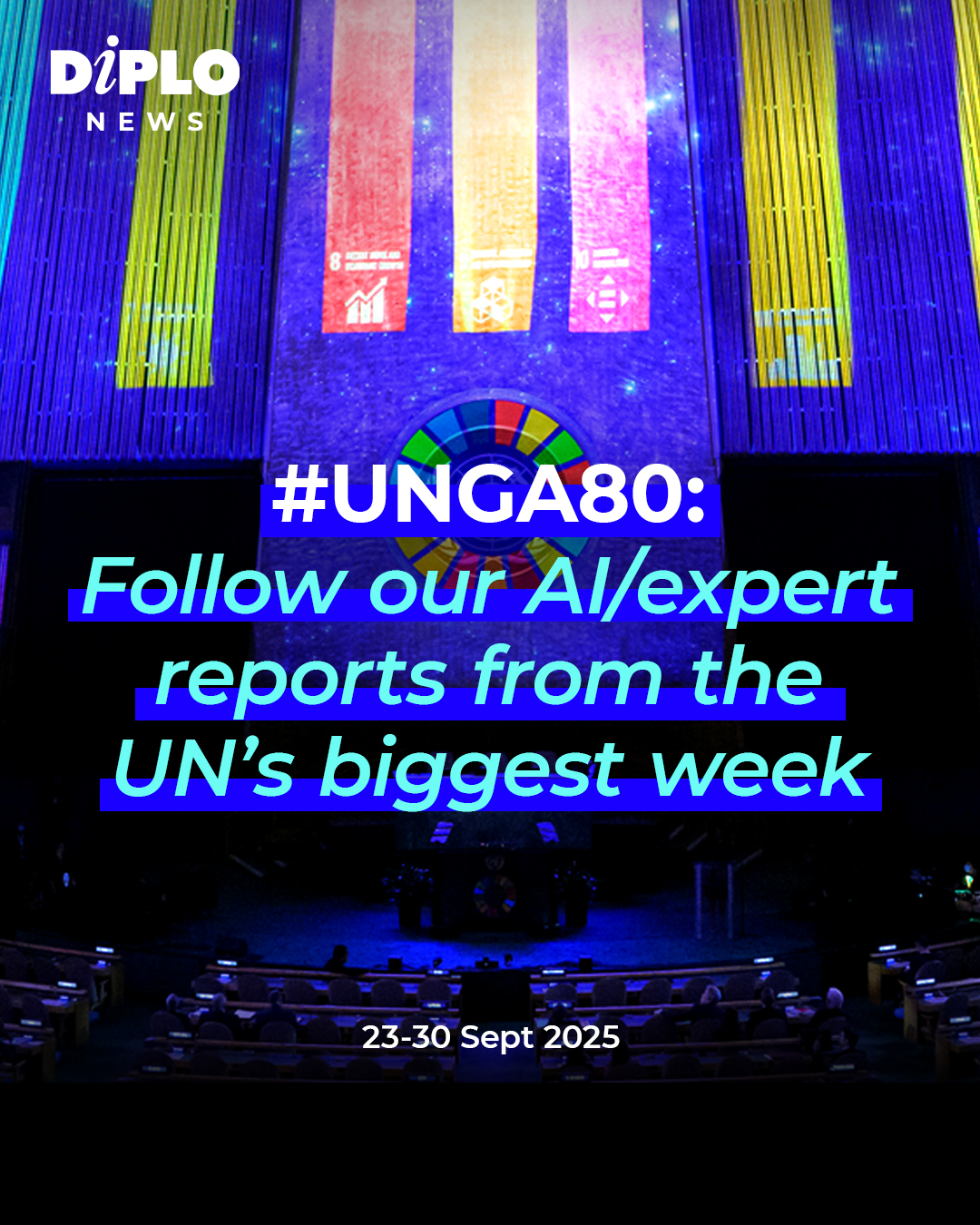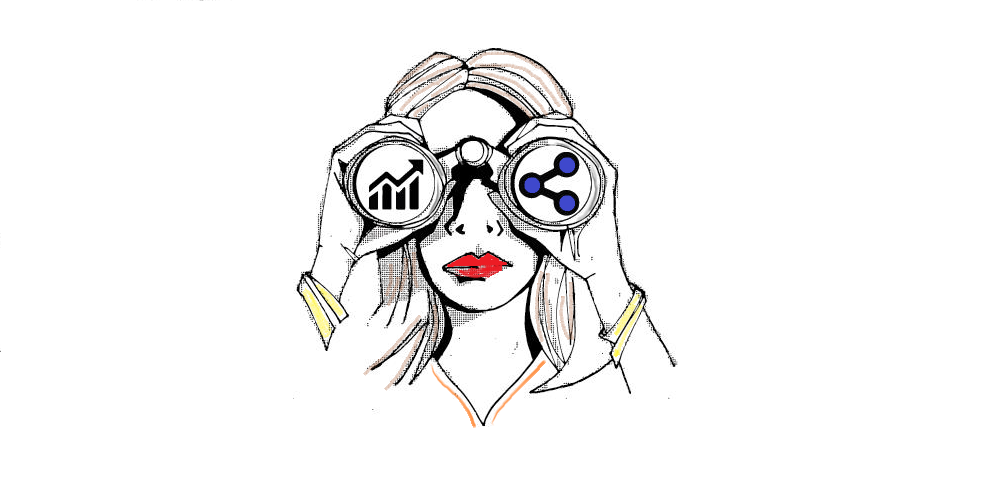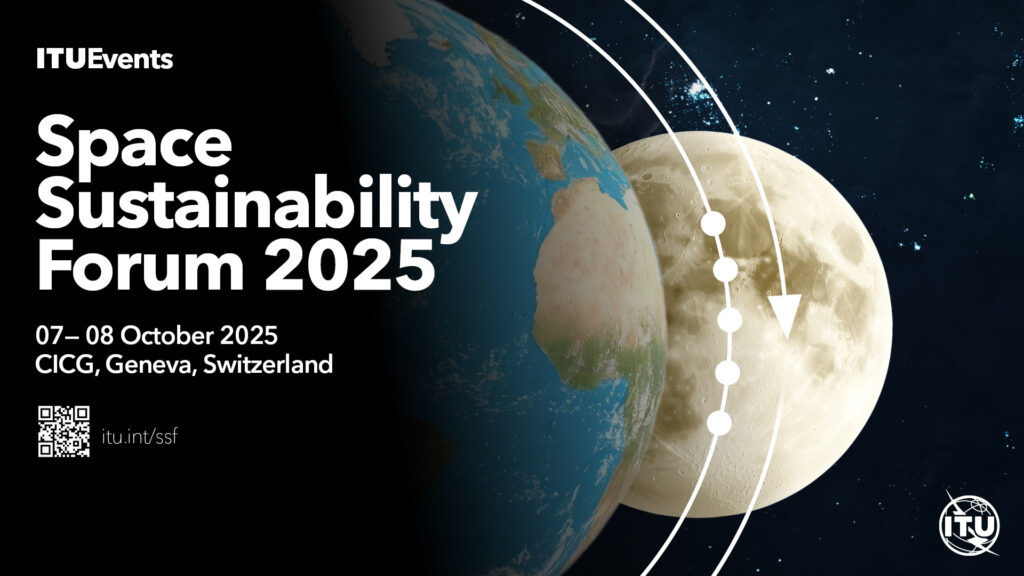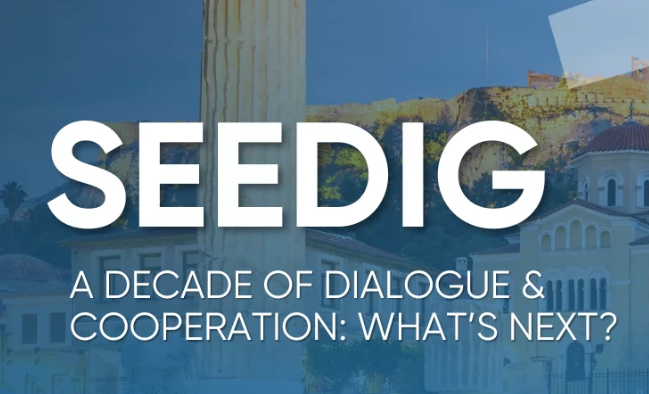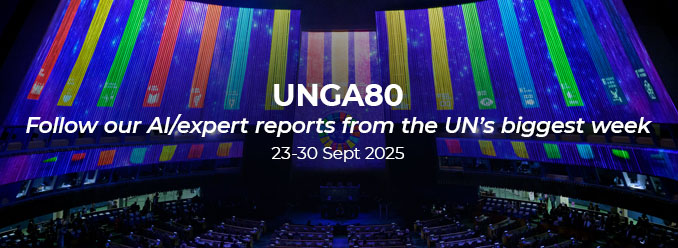
24 – 31 October 2025
HIGHLIGHT OF THE WEEK
Promise and peril: The world signs on to the UN’s new cybercrime treaty in Hanoi
Last weekend, the first global treaty aimed at preventing and responding to cybercrime, the UN Convention against Cybercrime, was opened for signature in a high-level ceremony co-hosted by the Government of Viet Nam and the UN Secretariat.
At the close of the two-day signing window, 72 states had signed the convention in Hanoi — a strong initial show of support that underlines the perceived need for better cross-border cooperation on issues ranging from ransomware and online fraud to child sexual exploitation and trafficking. The convention establishes a framework for harmonising criminal law, standardising investigative powers, and expediting mutual legal assistance and the exchange of electronic evidence.
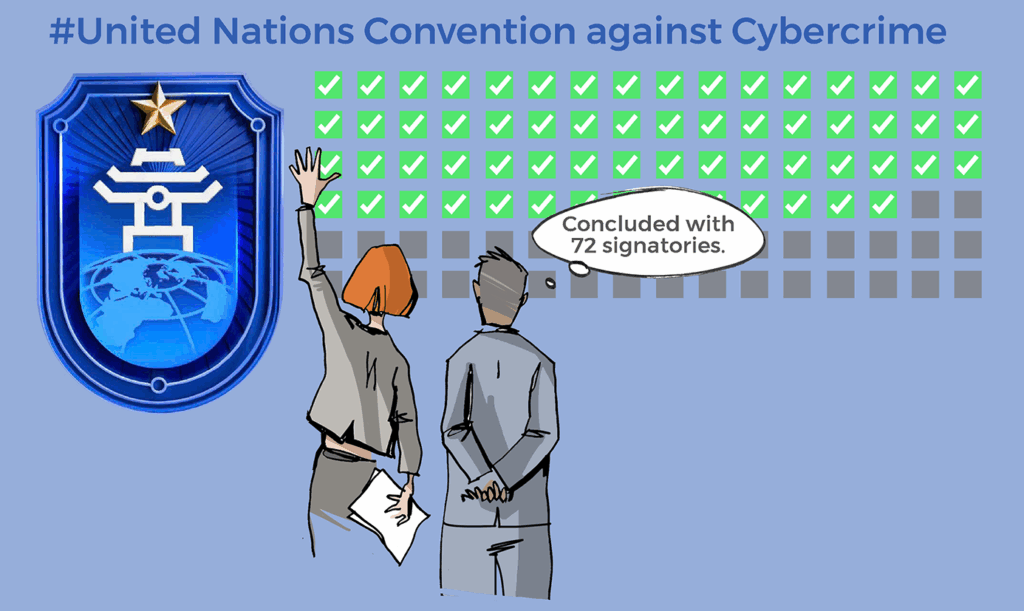
But the ceremony was not without controversy. Human rights groups and civil society coalitions issued public warnings in the run-up to the signing, warning that vague definitions of cybercrime and expansive investigative powers could enable governments to justify surveillance or suppress legitimate online activities, such as journalism, activism, or cybersecurity research. Without precise legal limits and independent oversight, measures like data interception, compelled decryption, or real-time monitoring could erode privacy and freedom of expression.
Major tech companies and several rights organisations urged stronger, clearer safeguards and precise drafting to prevent misuse. UNODC, the UN office that led the negotiations, responded by pointing to built-in safeguards and to provisions meant to support capacity building for lower-resourced states.
Practically, the signing is only the procedural first step — the treaty will enter into force only 90 days after 40 states ratify it under their domestic procedures, a requirement that will determine how quickly the Convention becomes operational.
Observers following the aftermath focus on three immediate questions: which signatories will move quickly to ratify, how individual countries will transpose Convention obligations into national law (and whether they will embed robust human rights safeguards), and what mechanisms will govern technical cooperation and cross-border evidence sharing in practice.
The Hanoi signing marks a milestone: it creates a legal anchor for deeper international cooperation on cybercrime — provided implementation respects fundamental rights and rule-of-law principles.
IN OTHER NEWS THIS WEEK
Regulators close in on Big Tech
Over the past week, regulatory pressure on major online platform firms has intensified across multiple jurisdictions. From age-based access restrictions in Australia to algorithmic feed controls in Europe, tech giants now find themselves navigating an increasingly complex patchwork of enforcement regimes and political expectations.
In Canberra, the Australian Parliament has moved ahead with the implementation of its landmark under-16 social media access ban, effective 10 December 2025. Meta Platforms (owner of Facebook/Instagram), TikTok, and Snap Inc. announced that they will comply with the law, despite having publicly articulated their opposition. The tech firms argue that the ban may inadvertently push youth toward less-regulated corners of the internet, and raise practical concerns over the enforcement of reliable age verification.
The same week, the government took Microsoft to court, accusing it of misleading more than two million consumers by quietly bundling its AI assistant Copilot into Microsoft 365 subscriptions and raising prices by up to 45%. Regulators argue the company failed to make clear that cheaper, Copilot-free options still existed—a case that extends Australia’s scrutiny from online safety to pricing and consumer transparency.
In Europe, the Digital Services Act (DSA) is emerging as a tangible enforcement tool for regulating the design and transparency of algorithms on large platforms. In the Netherlands, a court has granted Meta until 31 December 2025 to implement simpler opt-out options for algorithm-driven timelines on Facebook and Instagram, following an earlier ruling that Meta’s timeline design breached DSA obligations.
Separately, the European Commission has issued preliminary findings that Meta and TikTok breached transparency and researcher-access obligations under the DSA, specifically by making it difficult for users to flag illegal content and limiting independent scrutiny of platform data.
Washington redraws tech alliances with Tokyo, Seoul, and Beijing
The USA is tightening its grip on the global tech order. Within a week, Washington has inked new science and technology agreements with South Korea and Japan, while President Donald Trump’s meeting with Chinese President Xi Jinping produced a rare thaw in trade relations.
The US–Japan Framework for Securing the Supply of Critical Minerals and Rare Earths commits both nations to joint mining, processing, and stockpiling—an effort to reduce reliance on China and strengthen Indo-Pacific supply-chain resilience.
The US–Korea Science and Technology Roadmap broadens cooperation on AI, quantum, 6G, research security, and civil space, aiming for pro-innovation policy alignment and “rusted exports.
In Seoul, Trump and Xi announced a breakthrough on rare-earth minerals. ‘All of the rare earth is settled, and that’s for the world,’ Trump said, signalling the removal of one of the last major bottlenecks in global supply chains. The meeting also paved the way for tariff reductions and renewed agricultural trade.
Despite expectations, Trump did not raise Nvidia’s Blackwell chip with Xi. Still, momentum could continue: US Treasury Secretary Whitney Bessent says a new trade deal could be signed as early as next week.
Europe tightens grip as Nexperia cuts off Chinese plant
The standoff between Nexperia and European authorities entered a new phase this week.
According to a letter from interim CEO René Penning de Vries, Nexperia halted supplies to its Dongguan site on 26 October over ‘payment irregularities’ by local management—a move that further deepens the company’s internal split following the Dutch government’s intervention.
At the same time, EU tech chief Henna Virkkunen announced she will meet Nexperia’s leadership on Friday, amid growing concern that production disruptions could ripple through Europe’s automotive and industrial supply chains. Virkkunen said lessons from the case will feed into the upcoming revision of the EU Chips Act, which aims to strengthen the bloc’s technological resilience.
A refresher: Nexperia, based in the Netherlands but owned by China’s Wingtech Technology, has been under government oversight since late September. Dutch authorities said the move was needed to fix ‘governance problems’ and protect key technology and production capacity in Europe. The decision led to the removal of Nexperia’s Chinese CEO and strained ties with its parent company. The situation has since become a symbol of Europe’s growing efforts to protect its semiconductor industry from foreign control and supply chain risks.
Microsoft Azure outage underlines global cloud vulnerability
On 29 October 2025, a widespread outage affecting Microsoft’s cloud services disrupted major websites and services worldwide, including Heathrow Airport, NatWest, Asda, M&S, Starbucks, and Minecraft. The problem, traced to Azure’s DNS configuration, lasted several hours before services gradually returned.
According to tracking data from Downdetector, thousands of reports from multiple countries surfaced as websites and online services failed for several hours. Microsoft said the root cause lay with its Azure cloud‑computing platform, attributing the degradation to DNS issues and an inadvertent configuration change.
The scale of the outage highlights the fragility of the internet’s infrastructure, given that Microsoft Azure holds roughly one-fifth of the global cloud market share.
Earlier in the month, on 20 October, AWS suffered a major outage triggered by a DNS issue. These episodes highlight that reliance on a small number of providers creates systemic vulnerability — when one platform falters, many services are affected simultaneously.
Are AI systems fair and safe? Caribbean women weigh in through UNESCO survey
UNESCO’s Office for the Caribbean has launched a regional survey examining gender and AI, titled Perception of AI Fairness and Online Safety among Women and Girls in the Caribbean. The initiative will document gender-based online violence, generative AI’s implications for privacy, and potential biases in large AI models. It aims to address the lack of data on how women and girls experience technology, AI, and online violence in the region.
The findings will be used to develop a regional policy brief comparing regional data with global insights. UNESCO will share the findings during a one-day regional workshop on 10 December 2025, Human Rights Day – empowering young Caribbean women with tools to navigate AI safely and confidently
LAST WEEK IN GENEVA

Countries unite around a ‘Geneva Consensus’ at UNCTAD16
The 16th UN Conference on Trade and Development (UNCTAD16), held in Geneva from 20–23 October 2025, concluded with record participation from 170 countries and the adoption of the Geneva Consensus for a Just and Sustainable Economic Order. The agreement reaffirmed commitments to fairer and more inclusive global development, placing a strong emphasis on narrowing digital divides.
Digital transformation was a prominent feature throughout the conference. Delegates highlighted that while technological progress opens new opportunities, it also risks deepening inequalities. The Geneva Consensus calls on UNCTAD to help developing countries strengthen digital infrastructure, build skills, and create policy frameworks to harness the digital economy. Concrete initiatives were announced: Switzerland pledged CHF 4 million to support UNCTAD’s e-commerce and digital economy work, while a new partnership with the Digital Cooperation Organization will advance digital data measurement, women’s participation, and SME support.
LOOKING AHEAD
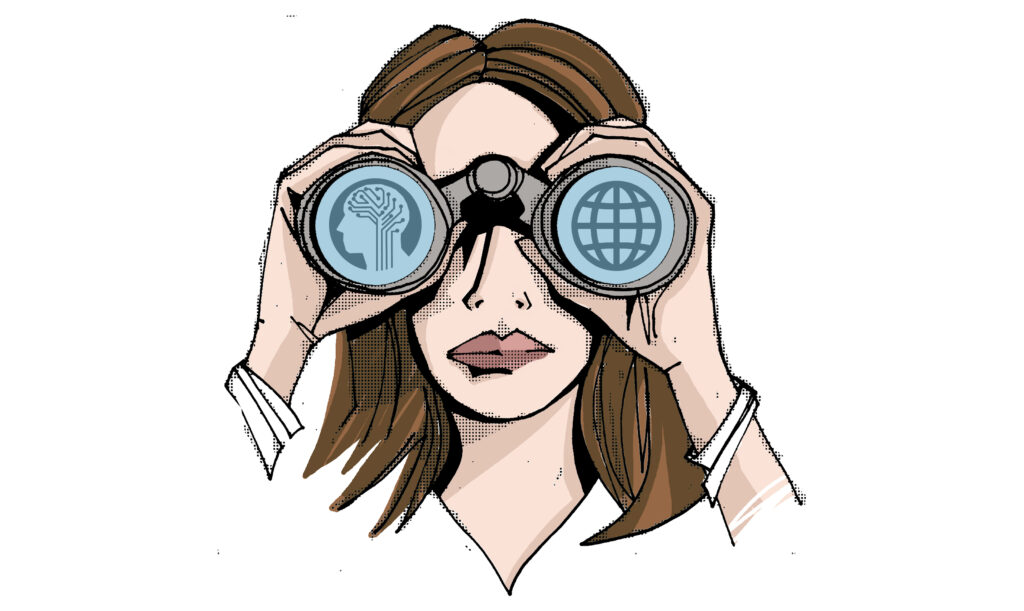
The BH Internet Governance Forum (BHIGF) 2025 will take place in Sarajevo, Bosnia and Herzegovina, bringing together government officials, civil society, technical experts, journalists, and other stakeholders to discuss internet governance.
The 2025 Conference on International Cyber Security will be held in The Hague, Netherlands, on 4–5 November 2025, under the theme ‘Order, disorder, re-order? Geopolitics and the transformation of cyberspace.’
The Global Digital Public Infrastructure (DPI) Summit 2025 is scheduled for 4–6 November 2025 in Cape Town, South Africa, under the theme “DPI in Practice: Implementing Tomorrow’s Digital Society Today.’
The Latin American and Caribbean Internet Governance Forum (LACIGF) 2025 will take place on 5–6 November 2025 in Córdoba, Argentina, with a welcome reception on 4 November.
READING CORNER
AI can now write, paint, and act. Does this devalue human craft and authenticity? Explore the debate on whether generative AI is a tool that frees creators or one that replaces them.

